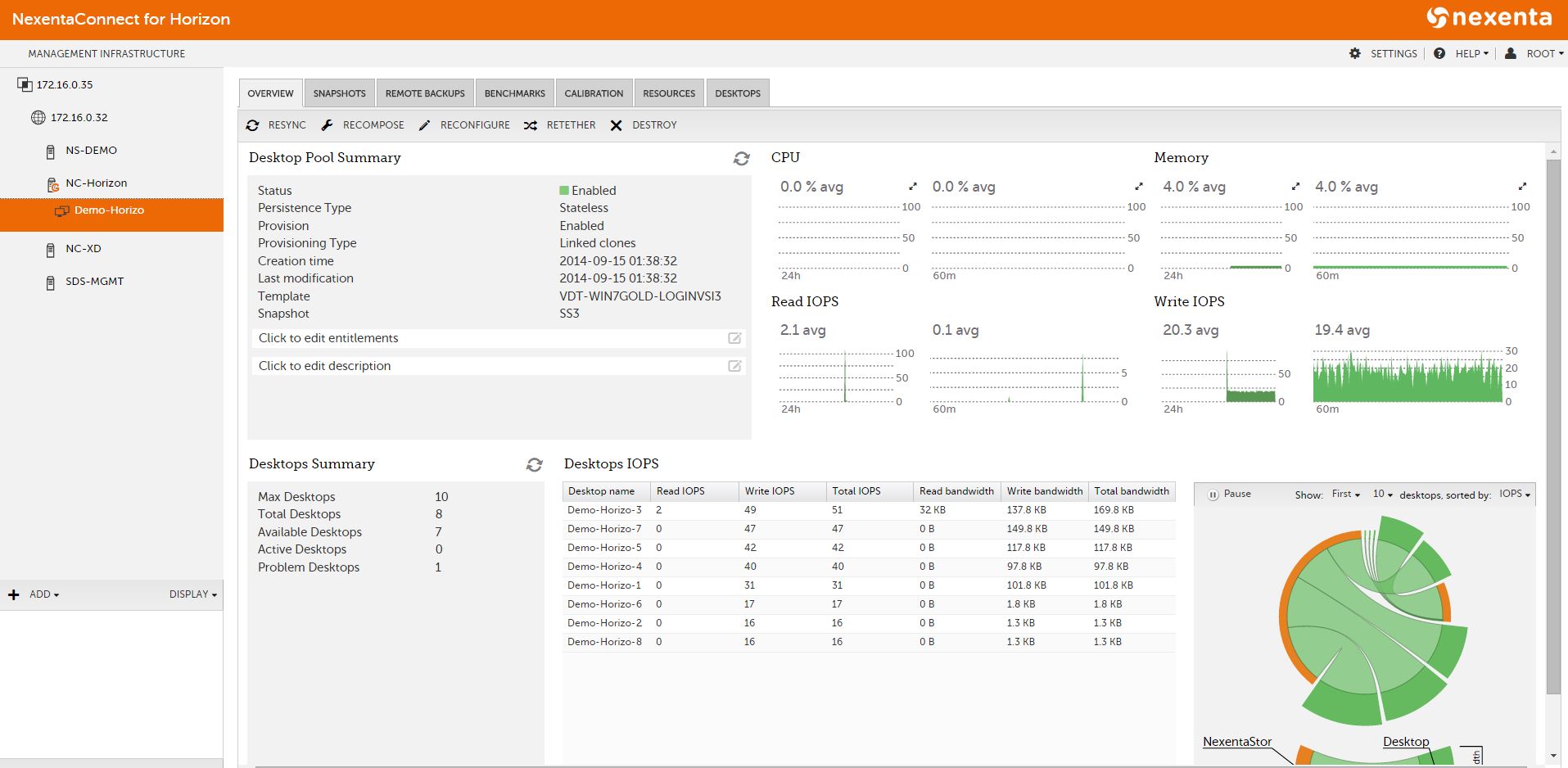By Oscar Wahlberg, Director of Product Management, Nexenta
If you’ve been wanting to start using containers—or use them more extensively—here’s some great news: The Intel Xeon processor E5 2600 v4 product family and NexentaEdge make an ideal infrastructure for building containers.
Containers have become an important approach for building apps that can scale up to the demands of the cloud. With containers, you can bundle an application with all the parts it needs— such as libraries and other dependencies—and ship it all out as one package. With a Docker container, the application will run on any other Linux machine regardless of customized settings.
Containers are an easy choice for stateless applications that require little or no persistent storage. But they can also work for stateful applications, too, as long as you have persistent storage solutions that integrate with container deployments—like NexentaEdge scale-out storage software.
NexentaEdge’s scale-out storage architecture shifts the burden of compute-intensive workloads into the storage tier where they can take advantage of underlying Intel server technologies, like the Intel Xeon processor E5 2600 v4 product family, which supports containerized storage with more CPU cores and higher memory speeds. The Intel Xeon processor E5 2600 v4 product family provides up to 22 cores with top memory speeds of 2400 MT/s which significantly improves both single- and multi-threaded performance. NexentaEdge storage algorithms—such as deduplication, real-time compression, tiering, erasure coding, and encryption—benefit tremendously from the Intel Xeon processor E5 2600 v4 product family because of its higher level of parallelism and performance on large data sets. The Intel Xeon processor E5 2600 v4 product family provides high-bandwidth, low-latency access to memory and enhanced power management features for high performance with low power consumption. The net result is a reduction in disk space—and the need for drives and physical assets—in the datacenter, improving your datacenter operational efficiencies.
From a software configuration perspective, NexentaEdge leverages Linux containers (Docker) to simplify deployments and configuration. Depending on your needs, you might choose to:
- Connect containers into your existing environments, providing the containers access to existing network-attached shared storage using NFS or iSCSI, and potentially leveraging ClusterHQ Flocker volume plug-ins for NexentaEdge.
- Connect iSCSI-based block storage to the container hypervisor for persistent storage when the infrastructure has separate compute and storage servers.
- Run containers alongside containerized NexentaEdge storage microservices on the same Linux servers. NexentaEdge storage microservices manage and pool the storage capacity across all nodes in the cluster and deliver low-latency, high-performance block services to application containers.
To deliver optimal performance for your containers, NexentaEdge leverages:
- Intel Xeon processor E5 2600 v4 product family optimized instruction sets for high performance
- Intel Xeon processor E5 and E3 families together with integrated Intel Data Direct I/O technologies to help remove bottlenecks, decrease latency, and increase data throughput
- Intel SSD and Intel NVMe devices for write caching/acceleration
- Intel 10GbE Ethernet cards, such as the X520 model or X540 model for networking.
To move your apps and scale them up to the cloud more easily, start building containers using NexentaEdge on the latest Intel architectures. Read more about Nexenta and Intel on our Intel Storage Builders Membership page., or click here to get your copy of our Solution Brief – Storage on Your Terms: Nexenta Software Defined Storage with Intel.
You can also find us on Intel’s The Data Stack – an IT Peer Network.

